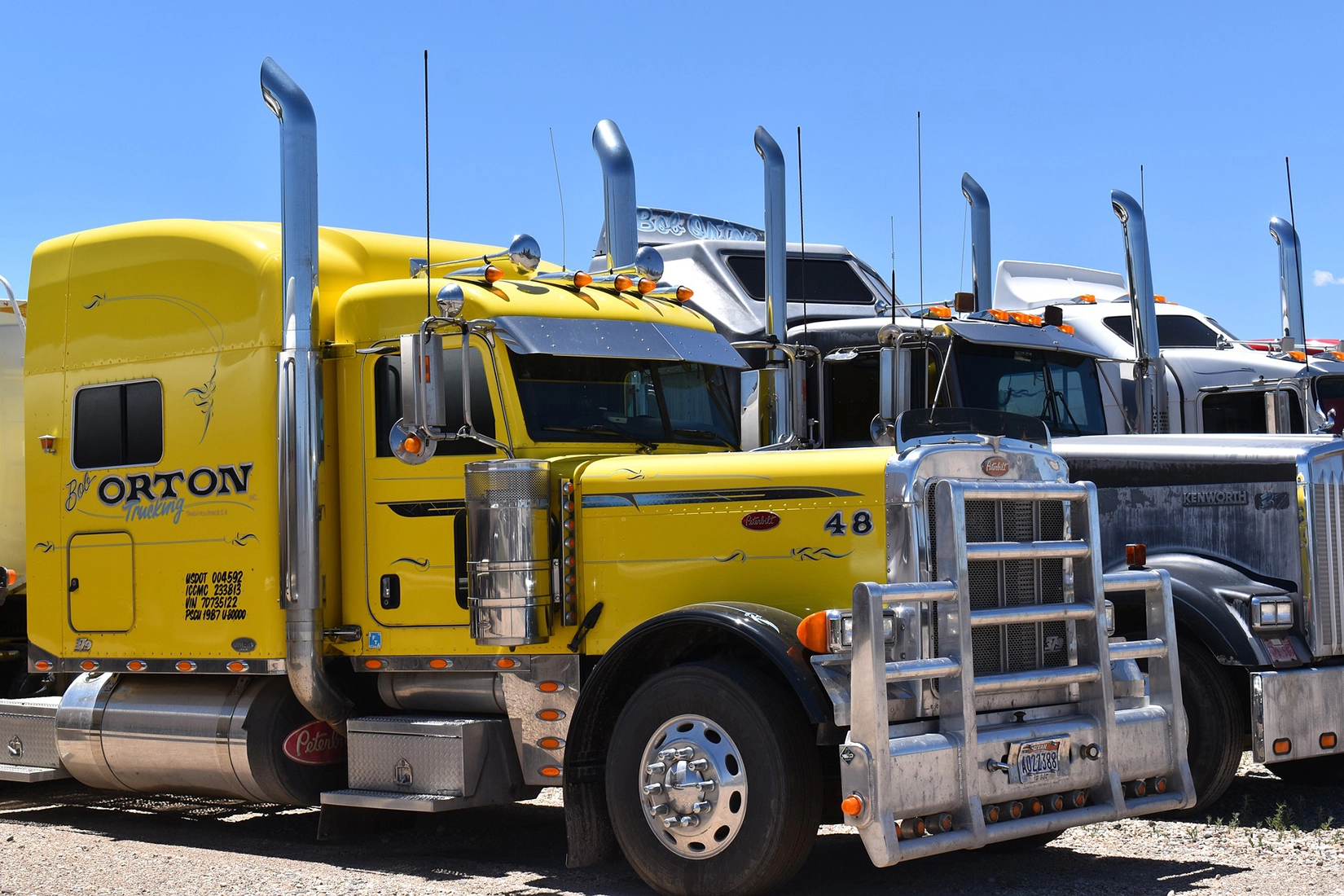Application Form
Please fill out the form below, so we can contact you as soon as possible!

The trucking industry, a crucial part of the country’s goods transportation, encompasses a wide range of services, from long-haul trucking to local delivery and specialized freight transportation, all made possible by a diverse fleet of vehicles. Employing millions of drivers, trucking companies, from large national carriers to small independent operators, play a significant role in the industry. The industry is changing almost daily, thanks to technological advancements like telematics, autonomous vehicles, and electric trucks. At the same time, it operates under the governance of complex regulations that cover everything from driver hours to vehicle emissions.
Due to its substantial employment and revenue generation, the trucking industry is essential for the economy. Its ability to move about 71% of the United States freight by weight highlights its importance. The industry is an essential link in the supply chain that connects producers, manufacturers, and consumers in both urban and rural locations because of its adaptability and reaction to market demands. Businesses and individuals involved in the industry must understand its future as it is undergoing substantial changes. Staying up to date with these developments is not just crucial, it’s a necessity for navigating the changing terrain and guaranteeing continuous growth and efficiency in this vital industry. Emerging technologies and regulatory adjustments bring opportunities as well as challenges, and being aware of them is the first step towards success.
The trucking industry is experiencing rapid transformation driven by significant technological trends. However, it is also grappling with challenges, such as a persistent driver shortage exacerbated by an aging workforce and high turnover rates. To attract and retain drivers, employers are offering increased compensation and incentives. However, these challenges are accompanied by opportunities, such as the adoption of new technologies and the potential for regulatory adjustments to improve industry operations.
Businesses have started focusing more on sustainability, adopting electric and alternative fuel vehicles to lessen their expenses and carbon footprint. E-commerce growth is also driving up demand for last-mile delivery services, which means the industry needs more effective urban routing. Despite these challenges, the trucking industry is proving its resilience by steadily adding innovations and new logistics solutions, demonstrating its ability to adapt to market demands and stay relevant in a rapidly changing world.
The trucking industry is adjusting to the current demand for more environmentally friendly vehicles, more data-driven solutions, and overall changes in supply chain management. Even tho these trends might face some resistance due to the conservatism inside the industry and the cost of their implementation, the changes are inevitable.
Electric Trucks
Autonomous Trucks
With new developments and technology implementation, there will be challenges and new opportunities. New types of vehicles will cause changes in regulations and compliance. More data-driven solutions will carry cybersecurity problems. On the other hand, adhering to new tech will make businesses more competitive and open many opportunities for them.
The transportation industry continues to encounter difficulties with compliance and regulatory changes. Governments all throughout the world are raising the bar on emissions, necessitating significant investments in infrastructure and cleaner technologies. Furthermore, laws related to driver hours, security measures, and electronic logging devices are always changing, requiring trucking companies to adjust as well. These regulatory requirements make operations more complex and expensive. Nonetheless, adherence to regulations presents the potential of improving safety protocols and optimizing operational efficiency.
Cybersecurity risks are becoming more of a concern as the trucking industry gets more digitally integrated. Electronic logging devices, sophisticated fleet management systems, and connected vehicles are all susceptible to hacks that could cause disruptions, compromise private information, and endanger public safety. Investing heavily in strong cybersecurity defenses and maintaining constant watchfulness to keep ahead of emerging attacks are necessary for protecting against these risks.
There is a fierce rivalry and an ongoing pattern of market consolidation in the transportation industry. In an effort to expand their service offerings, gain economies of scale, and increase market share, larger businesses are purchasing smaller ones. Dominant players may see lower expenses and more effective operations as a result of this consolidation. It also presents difficulties for smaller businesses, who would find it difficult to compete. The changing market climate presents opportunities for differentiation through improved client experiences, specialized services, and the utilization of cutting-edge technologies to gain a competitive edge despite the pressures.
The trucking business has a bright future full of possibilities for disruption and innovation. The industry is about to undergo a change due to technological innovations like blockchain, data analytics, and electric and autonomous vehicles. Businesses and startups alike have the opportunity to take the lead in the development and application of these technologies, resulting in safer, more environmentally friendly, and more effective transportation options. Also, the desire for sustainability creates opportunities for innovation in green logistics and eco-friendly operations. Effective adopters of these trends and technology will be in a strong position to challenge established rules and advance the sector.
Application Form
Please fill out the form below, so we can contact you as soon as possible!